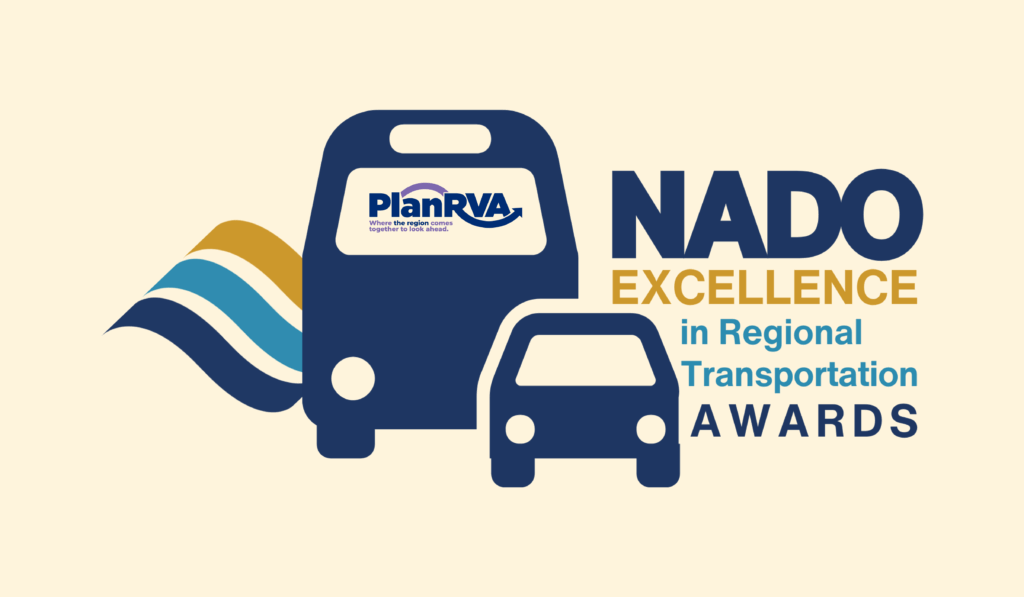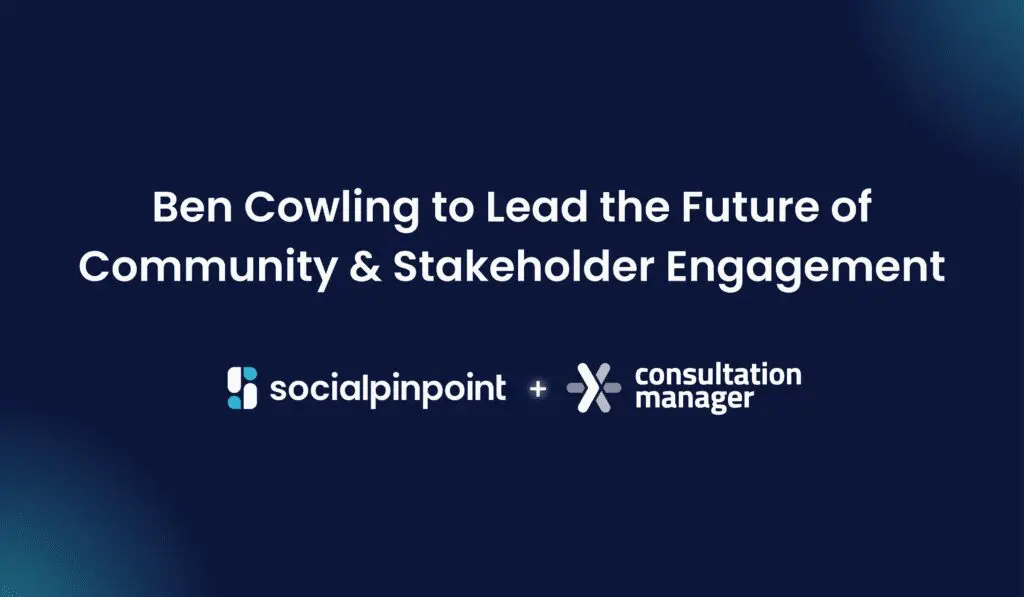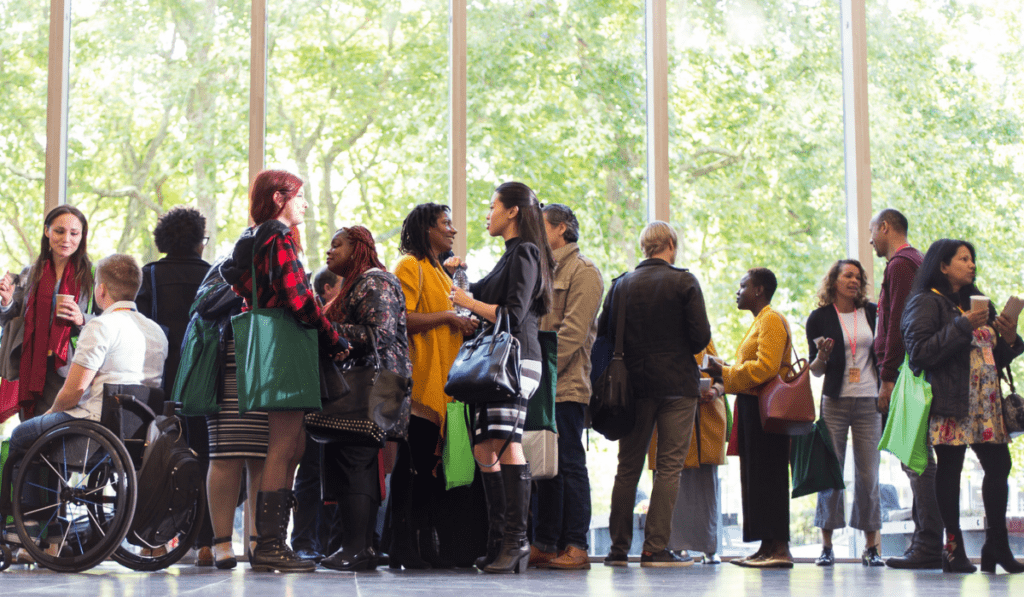We might have had a slow start, but the race to net zero to mitigate the worst impacts of climate change is on. This critical juncture requires a huge collective effort, disruptive change, and a willingness to work together.
The solutions for climate change can’t be imagined by one person alone. We need rapid innovation and intensive collaboration to steer the ship towards decarbonization. Here are three ways you can activate your community and create climate solutions together.
Communicate
Thinking about climate change is overwhelming. When we start to imagine a future filled with increased droughts, fires, displacement, and instability, we can feel helpless. And then we throw in the political and business momentum surrounding fossil fuels, and it can get quite paralyzing.
That’s why it’s essential that we educate and inform our community about what they can do to combat climate change. It’s a global challenge, but there are simple steps that individuals can take to make a huge collective impact. Communicate at a local level and personalize your messaging for different demographics. Explain how climate change could impact each individual’s community and what actions they can take now. You have to be accurate. But, you can also simplify your message and build a compelling narrative around it to inspire people to take action.
We have to be conscious that people will see our ideas through the lens of their own values, experiences, and beliefs. They will also evaluate your credibility as a messenger. So be factual, yet compelling and frame the conversation thoughtfully.
If you want to intercept people’s lives and encourage them to take climate action then you need to meet them where they are. Set up a comprehensive promotion plan which combines traditional and digital approaches, and proactively educate your community. Creating an online engagement page will give your community 24/7 access to climate change information and resources.
Collaborate
What do you do if you’re lost in the woods? According to Bill McKibben, the author of Eaarth, you have to stop running, sit down, see what’s in your pockets that might be of use, and start figuring out what steps to take. Luckily, in the case of climate change, we don’t have to re-evaluate how to use our resources alone.
Tackling climate change is a shared mission and there are many avenues we can use to share ideas and imagine new possibilities. The impacts of climate change won’t be just and some people will be impacted more than others, so it’s essential that we combine varied perspectives to come up with the best solutions. It’s likely that certain demographics will still be able to access food, arable land, and water before others, so each party will have an entirely different opinion to share on climate change. The young generations will live through the impacts of climate change for longer and so will their children. So, we have to get their eyes on the problem too.
There is no shortage of inclusive, collaborative tools that we can use to produce climate solutions, maybe just a deficit in reach and focus. Online ideation tools and surveys are a quick way to get input and a sense check on a climate change initiative. Interactive maps are also being used to gather cumulative community feedback about locations where sustainability can be improved.
Co-Create
If we want people to participate in climate action, they have to believe in the power of their own voice. When people can see accountability from their leaders, they will believe that their world can change for the better and continue to make noise.
Explain how the community’s ideas will be used and the influence they will have on the chosen course of action. That facilitates trust and shows respect, making the community far more willing to co-create with us. Think about how you can incentivize participation, sustainable consumption, and pro-environmental behaviors through intrinsic and extrinsic means.
If people contribute their ideas through avenues like an online forum or public consultation, then it’s important to report back to them about how their feedback was used. Create a safe space for collaborative discussion then distribute progress reports and shared action plans that have been created as a result. People need to see that they are making an impact to maintain a continued effort.












